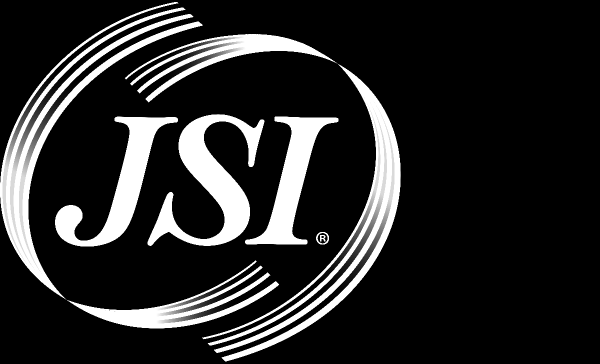
FCC Announces 2017 Rate Benchmarks for Voice and Broadband

In February, the FCC’s Wireline Competition Bureau released a Public Notice announcing the 2017 local rate floor for incumbent eligible telecommunications carriers (ETCs) that receive High Cost Loop Support (HCLS). Companies that elected A-CAM support or that remain on legacy support and do not receive HCLS are not subject to meeting the local rate floor benchmark. Based on the most recent urban rate survey, the 2017 rate floor for voice services is $22.49, up from $21.93 in 2016.
Because the rate floor is being phased in (see the schedule below), companies will only face a reduction of high cost support on a dollar-for-dollar basis to the extent that a carrier’s local rates plus state fees are below $20.00 on June 1, 2017. The current phase-in schedule for the rate floor is:
July 1, 2017 – June 30, 2018 (rates must be in effect by June 1, 2017) – support reductions for residential rates below $20
July 1, 2018 – Beyond (rates must be in effect by June 1, 2018) – annual support reductions for lines with rates below the national urban average local rate as determined by the FCC’s annual survey
JSI reminds clients that they should follow relevant state requirements for notifying customers of any rate increases associated with the FCC’s universal service and intercarrier compensation (USF/ICC) reforms, including making any necessary updates to your company’s tariff. Generally, you will need to notify your customers of the impending rate increase at least 30 days in advance. If your state does not have notification requirements, JSI still recommends that your company provide notice since proactively notifying your customers of rate changes is always a good business practice. A full suite of solutions to assist companies communicate these rate increases to customers-including bill messages, website text and scripts for customer service representatives-is available from JSI.
Voice and Broadband Rate Benchmarks
In the same Public Notice announcing the rate floor, the FCC announced that all ETCs, including competitive ETCs providing fixed voice services, must certify on their FCC Form 481s that the price of their basic residential voice service does not exceed $49.51. Recipients of high cost and/or Connect America Fund support that are subject to broadband performance obligations also are required to certify on their Form 481 that they do not exceed a broadband rate benchmark. These providers must offer at least one residential broadband service at rates that are at or below the relevant reasonable comparability benchmark. Affected carriers, which include both legacy/CAF-BLS and A-CAM supported companies, must certify compliance with this obligation on their annual Form 481 filing due July 1, 2018, covering services provided by them or by their affiliated broadband providers during calendar year 2017.
The most recent broadband urban rate survey resulted in a slight increase to broadband rate benchmarks for unlimited usage allowance plans, and slightly higher increases for plans with usage allowances. To assess whether your broadband offerings comply with the new broadband rate benchmarks, JSI recommends utilizing the FCC’s Reasonable Comparability Benchmark Calculator.
In addition to establishing reasonable rate benchmarks for broadband, the Commission also determined reasonably comparable usage allowances for broadband providers that use data “caps” based on the 2016 Measuring Broadband America data. ETCs subject to broadband public interest obligations that do not offer unlimited data offerings must provide broadband with usage allowances at or above the minimum usage allowance established by the FCC. For 2017, the FCC established a minimum monthly usage allowance of 160 GBs for both price cap carriers receiving Phase II model-based support and rate-of-return carriers (A-CAM and legacy/CAF-BLS). This represents an increase from the 150 GM minimum usage allowance standard in place for calendar year 2016.
If you have any questions regarding the rate floor or broadband rate benchmarks, or would like assistance in communicating rate increases with your customers, please contact one of our experts by clicking the button below.




